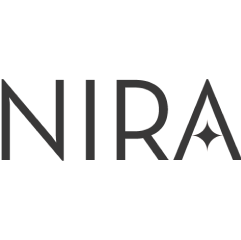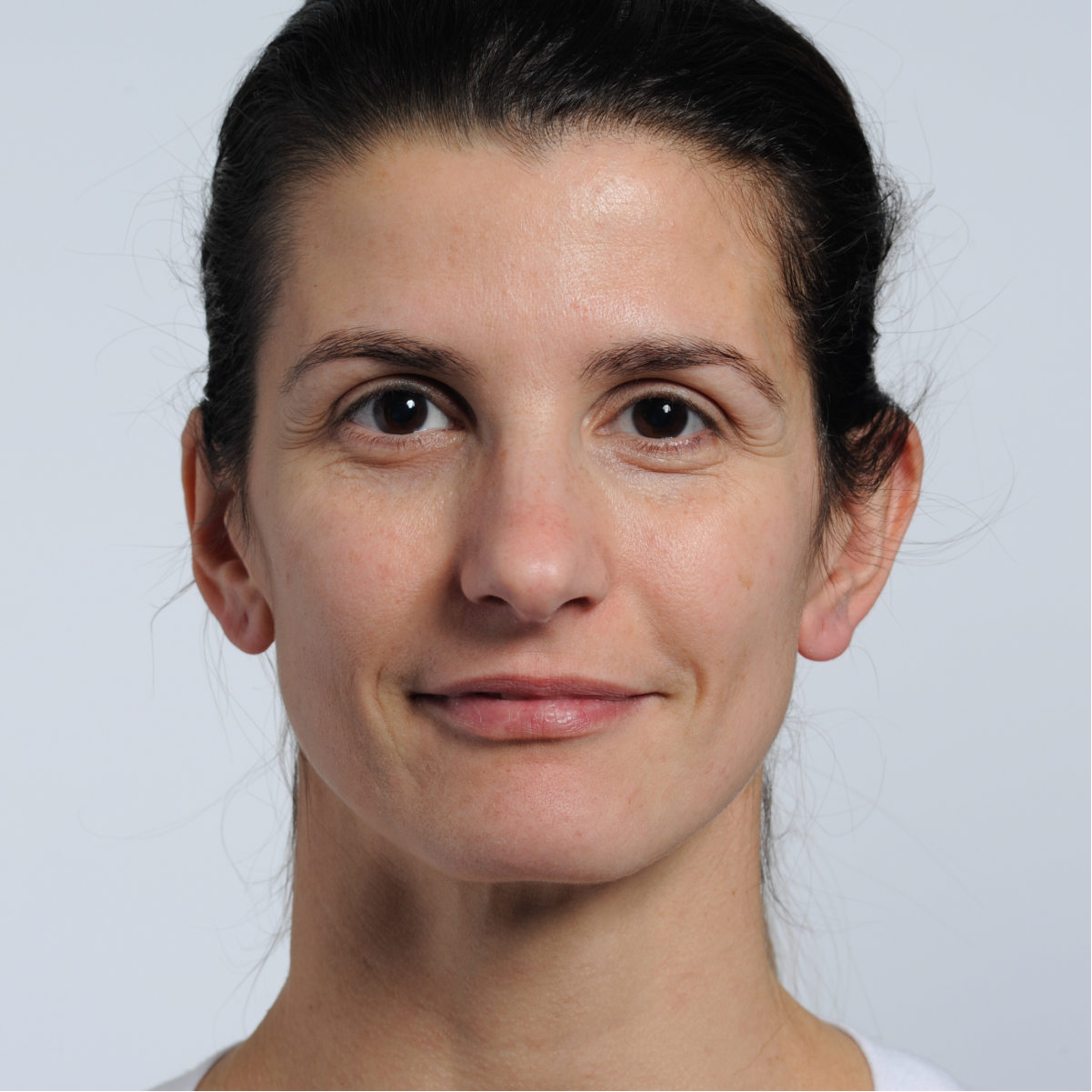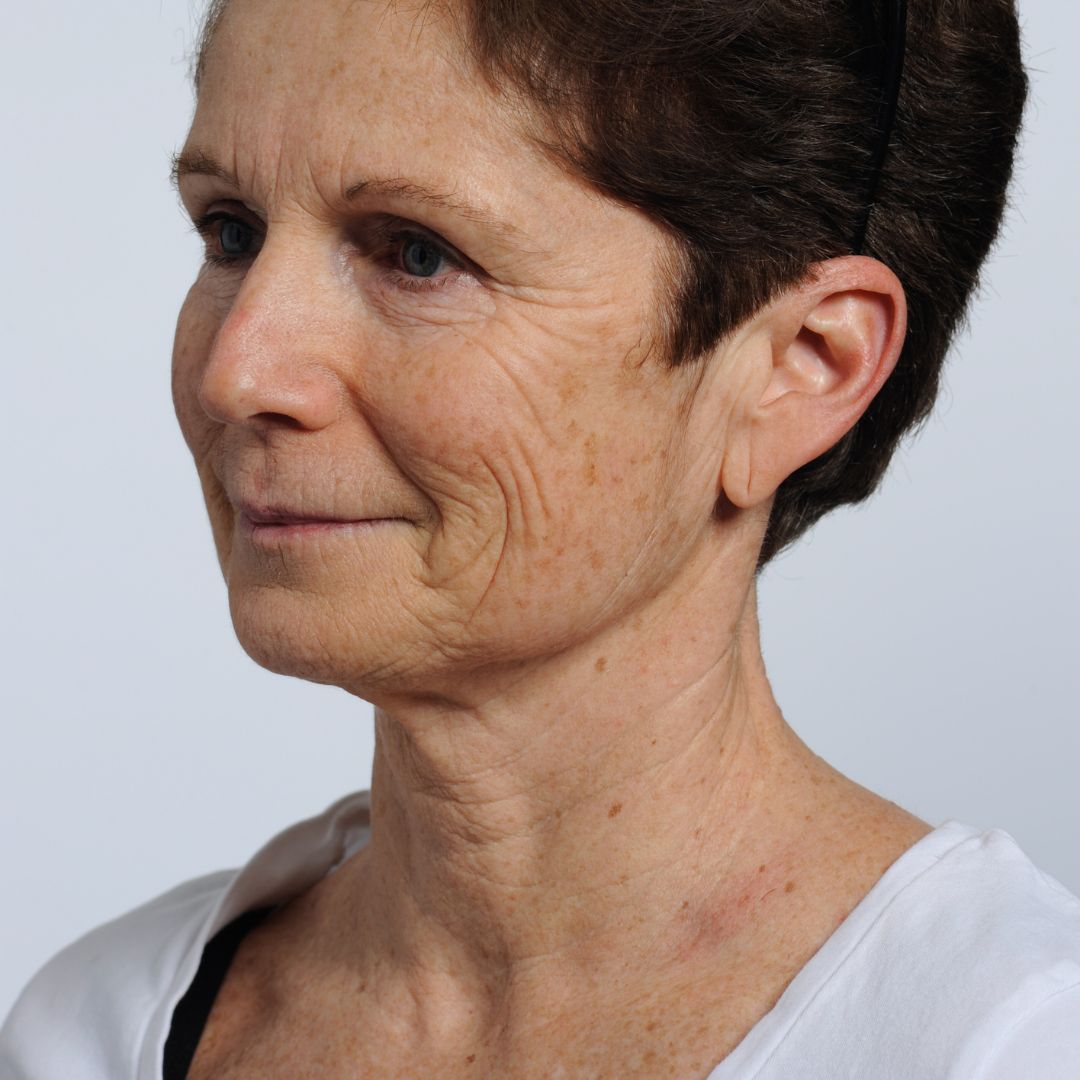As we age, several changes naturally take place including decreased collagen and elastin production - resulting in visible signs of aging such as wrinkles, fine lines, sagging skin, uneven skin tone, and slower cell turnover.
Thankfully, in the pursuit of youthful and rejuvenated skin, various laser therapies have gained popularity as effective at-home anti-aging treatments. Among these are two prominent options: The LYMA Laser, which uses a combination of LED and Low Level Laser Therapy (LLLT), and the NIRA Laser, which uses Non-Fractional Laser Therapy. If you're considering incorporating laser technology into your skincare routine, it's important to understand the differences between these treatments.
This article, written by laser experts, aims to shed light on the differences between the LYMA Laser and the NIRA Lasers, empowering you to make an educated decision about which treatment best meets your anti-aging objectives.
Understanding The Technology Behind The LYMA Laser
The LYMA Laser is a new at-home skincare device that has been accompanied by many bold, inaccurate claims around both their technology and the results that their device provides. Many of their claims stand unbacked by any studies or accuracy. For example, according to their website they are “America's first clinic-grade cosmetic device to be awarded FDA clearance for home use” (a list of cosmetic devices awarded FDA Clearance include NIRA, NuFace, NEWA, etc.) along with claims about being the most powerful at-home skincare device, and being able to treat more skin conditions than any device on the market. All of these claims are inaccurate or unproven.
The LYMA Laser is actually not even a true laser device. LYMA combines LED technology and Low-Level Laser (light) Therapy (LLLT) in one handheld device with an intent to stimulate the skin's cellular processes. LYMA operates at a 62.5 mW/cm2 power at a 620 nm and 808 nm wavelength, which penetrates not only the deepest layers of the skin, but also the fat and muscle tissue underneath. This means the energy has minimal absorption in the dermis where collagen and elastin cells are located, and has little to no impact on skin regeneration.
LYMA also claims that their laser promotes collagen production, accelerates cell turnover, and enhances circulation, thereby promoting skin rejuvenation and reducing the appearance of fine lines and wrinkles. The only evidence of these claims being accurate is solely based on self-reported results by customers, which is often biased. Rather than conducting independent clinical studies to prove effectiveness, LYMA’s FDA-Clearance was based upon being substantially equivalent to the Trinity Wrinkle Remover and the Lightstim for Wrinkles. There is no known clinical evidence to date of cosmetic or health benefits from LLLT treatments that deliver at a wavelength of 808 nm, 620 nm, or both.
Other Drawbacks of The LYMA Laser
Although the LYMA Laser is pain and redness-free, effective for all skin tones, and requires no messy primers or gels, it is still paired with some major inconveniences. The LYMA Laser is accompanied by long treatment times. For example, to treat your whole face it takes about one hour. If you are hoping to treat larger areas like your neck, chest, or back of hands, the treatment will take 2+ hours per day. Treatment time is not the only inconvenience, the cost is also a factor. The LYMA Laser retails for $2,695 and does not offer any money back guarantee if you don’t see results.
Understanding Non-Fractional Laser Therapy
Non-fractional laser therapy is an intensive laser treatment that stimulates collagen production and promotes natural skin rejuvenation without damaging or removing the outer layer of the skin. Non-fractional laser devices, such as the FDA-cleared NIRA at-home lasers, deliver targeted thermal energy to the deeper layers of the skin, including the dermis where the skin’s collagen and elastin cells are located.
The gentle heat emitted from these non-fractional, high-energy, laser devices stimulate collagen synthesis, improve skin texture, reduce wrinkles, and tighten skin without pain, redness, or downtime. Non-fractional laser therapy is commonly used to address more severe signs of aging, such as deep wrinkles, scars, and hyperpigmentation. By harnessing the power of laser energy without damaging the skin, non-fractional laser technology provides a non-invasive alternative for wrinkle reduction at home without any side effects.

About NIRA Lasers
The NIRA lasers are the only at-home devices that use 100% non-fractional laser technology. Using the same laser chip as professional Dermatology systems, the NIRA at-home laser devices are FDA-cleared and clinically proven to reduce fine lines and wrinkles in just minutes a day. In order to achieve FDA-Clearance, NIRA was clinically tested on 76 individuals of all genders in an independent, blinded study overseen by three medical experts to prove that the NIRA lasers rebuild collagen, renew the skin, and reduce fine lines and wrinkles when used consecutively for 90 days. See NIRA Before and After Results from real customers. This clinical study also proves that results from using the NIRA lasers are long-lasting, and will maintain for 2 to 3 months without continued treatments.
NIRA’s patented non-fractional, non-ablative laser technology works by gently heating the dermis to stimulate natural collagen production - revealing firmer, youthful looking skin in 90 days. With five comfort levels able to adjust to your skin’s sensitivity, the NIRA lasers make it possible to achieve clinical-grade wrinkle reduction in the comfort of your home and without pain, redness, or downtime. Operating at an optimal 1450 nm wavelength, NIRA warms the skin above 39C where the dermis generates heat shock proteins to promote collagen production and skin renewal.
By comparison, the LYMA Laser never reaches this temperature to provide this benefit. NIRA’s laser wavelength absorbs in the dermis 100x better than the LYMA Laser does and delivers 2x the energy, allowing for maximum signaling for collagen and elastin cells to rebuild. Treatments with the NIRA lasers are on average about 2 to 5 minutes long, 225x faster than the LYMA Laser.
The NIRA Pro Laser offers the largest treatment tip for any at-home laser device, meaning you can treat larger surface areas like the neck, chest, and hands in just minutes a day. The NIRA Precision Laser has a small enough tip to target hard-to-treat wrinkles around the eyes and mouth, and even lift hooded eyes. A cost-effective option compared to both the LYMA Laser and in-office laser treatments, the NIRA lasers are bundled together in NIRA’s Ultimate Anti-Aging Collection for only $987 or can be purchased separately based on your skin concerns.
LYMA vs. NIRA: The Verdict
Treatment Time: The best device is the one that you will use. NIRA has quick treatment times of under 5 minutes that fit into any daily routine, whereas LYMA takes at least 30 to 60 minutes per treatment session.
Results: LYMA Laser results are customer-reported and unproven. In contrast, the NIRA laser has proven results from a blinded clinical study.
Price: The LYMA Laser is double the price of both NIRA devices combined.
Money-Back Guarantee: NIRA is so confident you’ll see beautiful results, we offer a 90 day money back guarantee so you can try our technology risk-free. LYMA offers no money back guarantee, only a warranty for device malfunction.
It can be confusing to navigate all the different claims and results showcased by beauty device companies. Remember, it is always important to do your own research into their clinical studies and technology. By understanding the differences between these treatments and consulting with a skincare professional, you can make an informed decision and select the best option to best fit your lifestyle and achieve your desired results.

Non-Fractional Laser |

LED + Low Level Laser Therapy |
|
|---|---|---|
| Uses 100% Laser Technology |

|

|
| Proven To Reduce Wrinkles |

|

|
| Proven To Naturally Rebuild Collagen |

|

|
| Pain-Free & Redness-Free |

|

|
| Clinically Proven Results |

|

|
| Lasting Results |

|

|
| Effective For All Skin Tones |

|

|
| Requires No Messy Gels or Primers |

|

|
| Quick Treatment TIme (<10 Min) |

|

|
| Cost |
$449 to $599 |
$2,695 |
 as your payment method.
as your payment method.





























